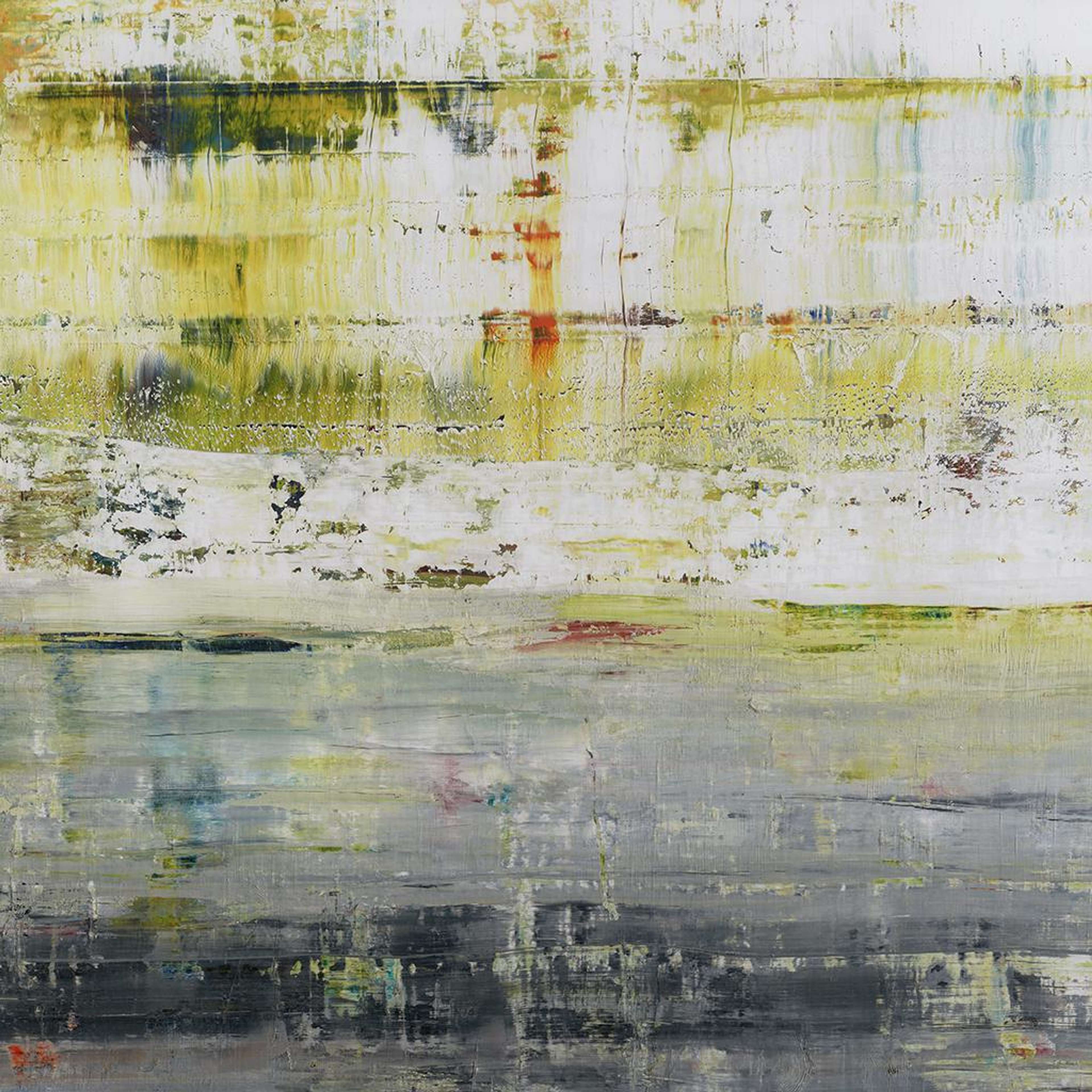
Cage (P19-2)

Cage (P19-2)
Unsigned Print
Gerhard Richter
£8,500-£13,000
$17,000-$26,000 Value Indicator
$16,000-$24,000 Value Indicator
¥80,000-¥120,000 Value Indicator
€9,500-€15,000 Value Indicator
$90,000-$130,000 Value Indicator
¥1,760,000-¥2,700,000 Value Indicator
$11,500-$17,000 Value Indicator
There aren't enough data points on this work for a comprehensive result. Please speak to a specialist by making an enquiry.
100 x 100cm, Edition of 200, Giclée print
Auction Results

Track auction value trend
Meaning & Analysis
An unsigned print by the king of German and European Contemporary art, Gerhard Richter, Cage (P19-2) was issued in a limited edition of 200. Part of the Cage Prints series, the print is made after one of a number of paintings exhibited by Richter at the 2007 Venice Biennale, and showcases yet another example of the artist’s unique approach to abstraction.
Like its close counterparts in the Cage Grid and Cage f.ff series, Cage (P19-2) references Richter’s practice of using large, home-made squeegees to dynamic effect in his paintings. In this particular print, Richter channels the experimental and atonal compositions of American composer and artist John Cage - whose name it references - into a canvas that comprises a series of carefully applied, lateral sections of oil paint. Combining nature’s greens and turquoises with rust-coloured and metallic hues, the work evokes decay of both natural and man-made origin.
This print, like many of Richter’s abstract works, is testament to his fierce rejection of artistic norms, and his early training in socialist realist painting. Bearing the symbolic hallmarks of propaganda art, socialist realism was designed to vaunt the achievements of the former German Democratic Republic, a satellite state of the former Soviet Union. Constrained in terms of the subjects he could depict and the materials he could use, Richter references his artistic formation in the GDR in his often-repeated phrase: the ‘death of painting’. Describing his own artistic goals, both on a methodological and conceptual level, this phrase is very much present in this image: gone is tradition, and all the tightly-defined representational rules that come with it.